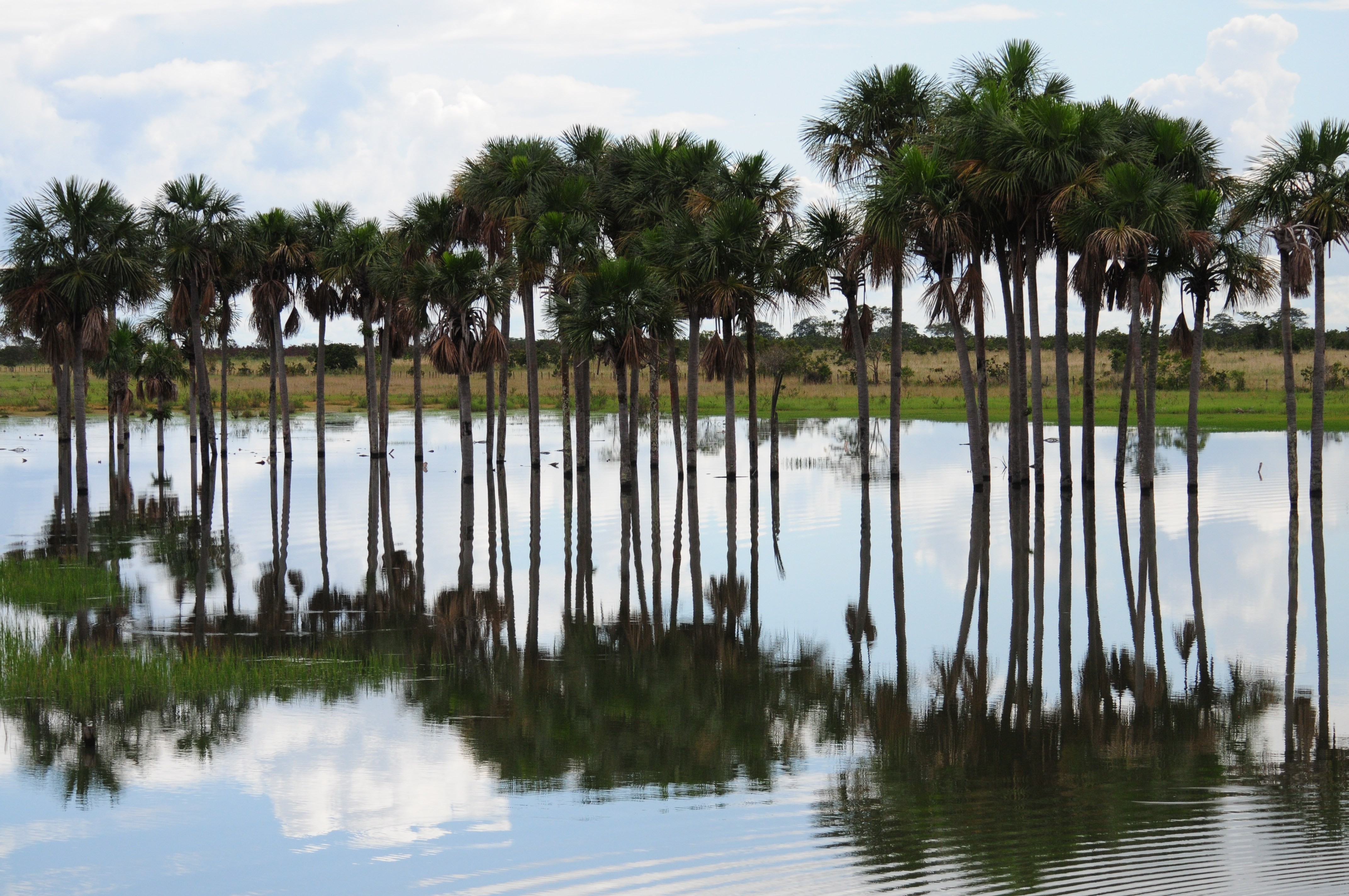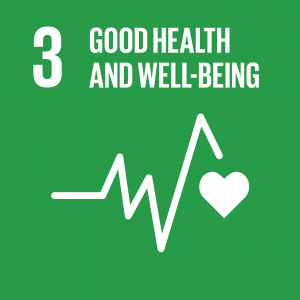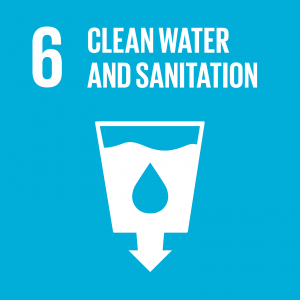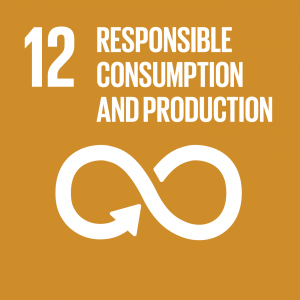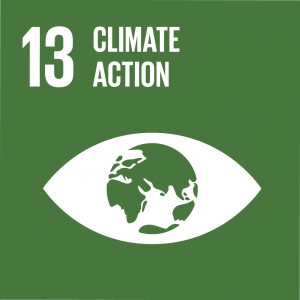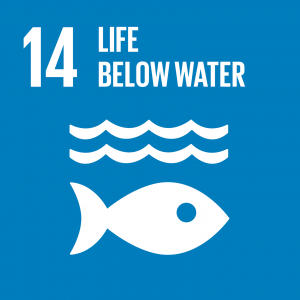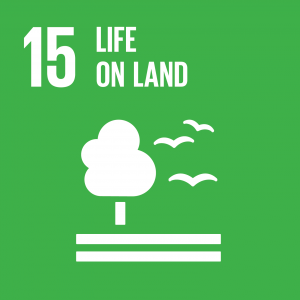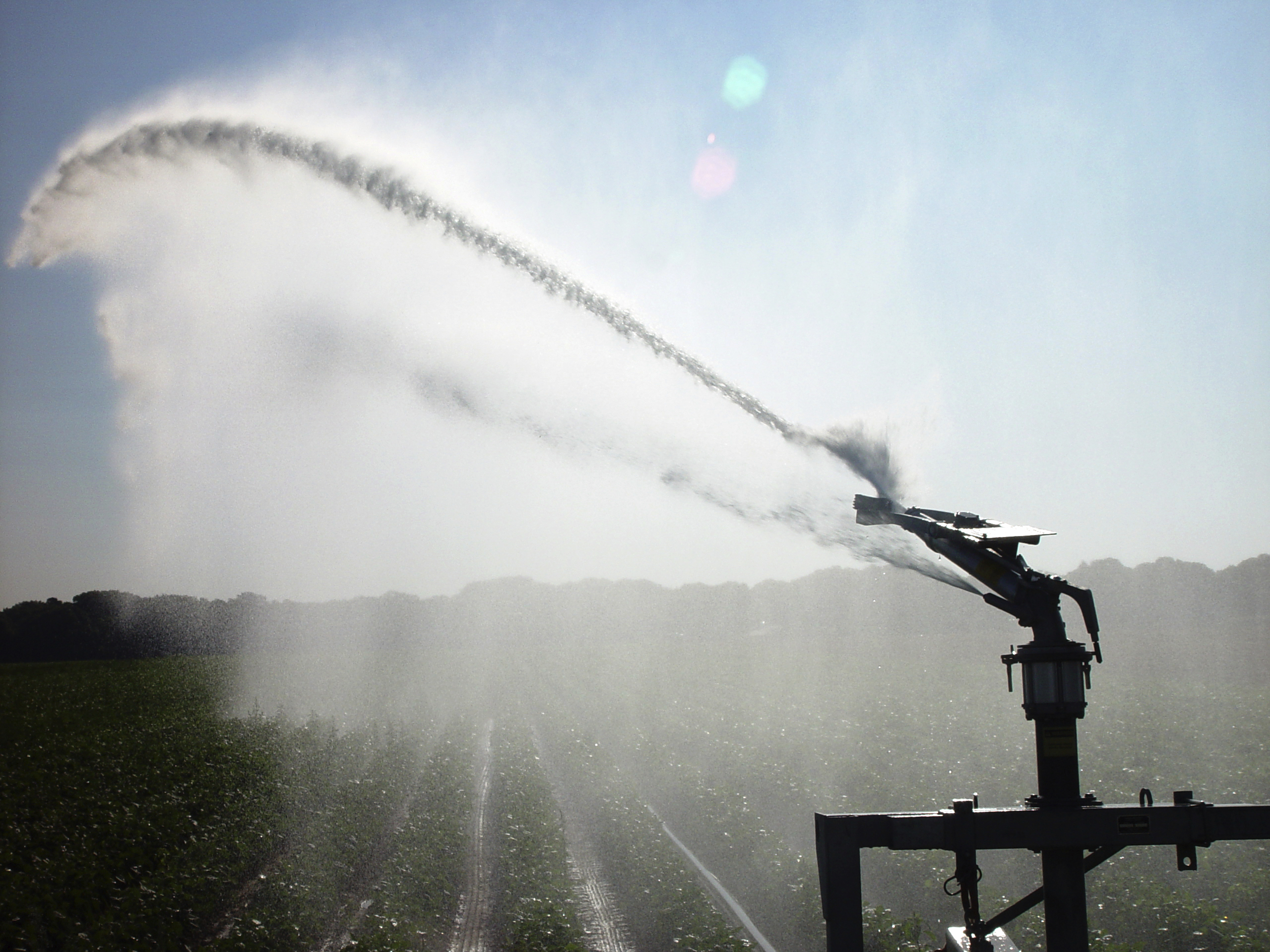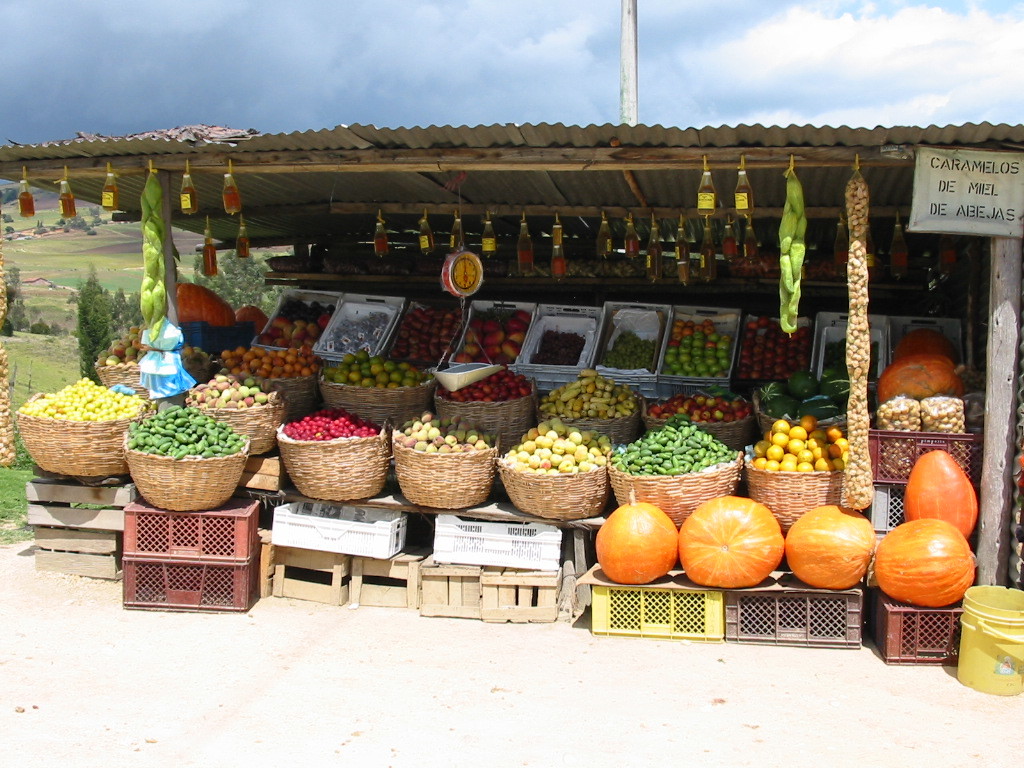Food is fundamental to human development, brings joy, and unites families. Food systems have driven our transformation as a species from the time we roamed as hunter-gatherers some 10,000 years ago to the Green Revolution and the broad expansion of agro-industry that took place over the past 50-70 years. Expansion, intensification and growth in production have brought an abundant and safe source of food to an increasing proportion of the world´s population.
In contrast, food is also a source of stress and distress for the more than 790 million people worldwide that still lack sufficient food for an active and healthy life. The millions still plagued by under and malnourishment suffer in many ways from micronutrient deficiencies to overweight and obesity. The latter has reached epidemic proportions: in 2014, nearly 1.9 billion people were overweight, 600 million of which were obese, and some 41 million children were overweight or obese. No longer a developed world phenomena, overweight and obesity are associated with the growing public health burden of noncommunicable diseases such as diabetes and heart disease.
While agriculture has transformed human societies it has also changed the face of the planet, depleting the Earth’s natural capital and borrowing against the future, and is still among the sectors leading to the greatest loss of biodiversity. Forests have been the focus of attention, and global net loss of forest area has fallen from 7.3 million hectares per year in the 1990s to 3.3 million hectares per year during the period from 2010 to 2015. Degradation and conversion equally have affected other critical ecosystems. The transformation of grasslands and savannahs to agriculture (e.g. nearly 50 percent of temperate grasslands) has resulted in a huge loss of habitat for wildlife. As much as 87 percent of inland and coastal wetlands may have been lost because of land use conversion to agriculture over the past 300 years. And in just the past 40 years, there has been a 30 percent decline in wetland ecosystems according to Natural WET index – an indicator of change in area of all natural wetlands. Finally, agriculture is the sector with the greatest impact on freshwater resources consuming some 70 percent of available freshwater.
Agriculture and climate are inextricably linked. Variable and unpredictable climate patterns are affecting production systems. Direct impacts on water availability, increased temperatures affecting yield, crop displacement, pest and disease outbreaks, and impacts on pollinators and the provision of ecosystem services are occurring. Not all impacts will be negative. Climate conditions may create opportunities to expand production systems, potentially leading to additional conversion of natural ecosystems. Nevertheless, while trends may be positive for some regions and specific crops, the direction in the tropics is relatively consistent: yields will suffer more in tropical regions than at higher latitudes, and impacts are/will be more severe with increased warming and variable and unpredictable weather patterns.
Agriculture and livestock production, forestry and other land uses contribute up to 24 percent of global GHG emissions from land use change, the types of agricultural and animal production practices, soil management, and fertilizer use. GHG emissions are also produced through energy use in the mechanization and manufacture of pesticides and fertilizers, and the long-distance transport of commodities and product packaging for global markets.
Photo Credit: WWF/Morichal Feranando Trujillo
Clearly agriculture and livestock are a critical part of the equation to reduce GHG emissions and maintain global temperatures below the 2ºC target Climate Convention (UNFCCC) Paris Agreement. According to the Agreement (Article 2), mitigation targets should aim to increase the ability to adapt to the adverse impacts of climate change, and foster climate resilience and low GHG emissions development, in a manner that does not threaten food production. Climate risks threaten the very capacity of the planet to meet the nutritional needs of a growing population, thus mitigation targets and resilience/adaptation strategies not only should not threaten food production, but are critical to support sustainable production systems.
We may be reaching a tipping point where earth systems as we know them may permanently shift. At a global level, the accumulated impacts of agricultural expansion and intensification are potentially pushing the planetary boundaries of climate systems, freshwater use, biosphere integrity, biogeochemical flows (nitrogen and phosphorus) and land system change. We waste and lose up to 30 percent of what we produce, thus we produce more than we consume. In many parts of the world, we consume more than we need, while millions cannot meet basic, nutritional requirements thus distribution and access are still failing. Finally, we produce inefficiently and are drawing on the Earth´s natural capital and placing fundamental ecosystem services at risk. Within this context, the SDG Agenda 2030 needs to address these contradictions and balance multiple interests and demands for the world today and in the future.
SDG 2: Healthy diets, healthy planet
SDG 2 sets out to end hunger, achieve food security and improve nutrition, and at the same time promote sustainable agriculture. The range of targets defined for SDG2 are comprehensive, from addressing agricultural and market distortions to meeting nutritional needs, greater social equity by doubling productivity and income for small farmers, and to ensuring sustainable food production systems and resilient agricultural practices. These ambitious goals and targets create the framework to address the contradictions and challenges of a business as usual approach.
Nevertheless, this is a tall order considering the shortcomings and increasing vulnerability and climate risk of current food systems, as well as the negative historic impacts of food production on nature and natural resources. Building synergies across several SDG´s and their respective targets will be the best road forward to meet the nutritional needs of a growing population within planetary boundaries. This will depend on equity and sustainability in production and distribution, the conservation of natural resources and ecosystem services upon which production depends and a shift in consumption patterns away from a reliance on animal based protein, especially beef.
Transforming food systems, our relationship to food, how we produce and consume will be critical to achieve several other of the 2030 Agenda and Sustainable Development Goals.
- Ensure sustainable consumption and production patterns especially related to halving food waste by 2030 (Target 12.3);
- Increase water use efficiency across all sectors (Target 6.4) and integrated water resources management (Target 6.5);
- Ensure healthy lives and promote well-being for all at all ages (Target 3.4).
- Take urgent action to combat climate change and its impacts (Targets 13.1, 13.2 and 13.3;
- To effectively conserve and sustainably use the ocean´s resources (Targets 14.4, 14.6 and 14.7); and finally
- Halt and reverse land degradation and biodiversity loss (Target 15.3) and conserve mountain habitats to provide ecosystems services (Target 15.4);
Shifting Paradigms: The Production and Consumption Debate
Meeting global energy and nutritional needs is an issue of quantity and quality, access and distribution, efficiency and balance. The World Food Program estimates that we produce enough food for the world´s 7 billion people, while we will need to increase production by 60 percent to meet the nutritional needs and a shifting diet of 9 billion in 2050. As many as 2 billion suffer from micronutrient or protein deficiencies, and others take in more than the recommended amounts of some foods. For example, an average American male consumes up to 102 grams of animal protein per day, 2-3 times more than the USDA recommended amount. A growing middle class in countries like China are shifting more traditional plant based diet patterns to higher intake of animal based protein similar to the US and Europe, with significant per capita growth in animal protein consumption.
Related article: “INNOVATIONS IN FOOD PRODUCTION – AN URGENT NEED”
Certain production patterns do not appear to respond to health and well-being, but to other business interests. With all the known health risks of smoking, tobacco still occupies an important area of arable land, more than 4 million hectares in 2013 with China as the largest producer. We address excessive sugar intake by taxing soft drinks rather than shifting production of sugar on highly valuable and fertile lands such as those in the Cauca Valley of Colombia to more nutritious crops. Around the world, sugar has benefited from price support systems through subsidies or prices controls. We need stronger coordinated actions and policies across agricultural, nutritional, public health, and the environmental communities.
Lastly, can we shift to sustainable agriculture when production is focused on maximizing yield rather than optimizing production and resource use? Plant breeding has largely targeted yield parameters, adapting cultivars for mechanical harvesting, herbicide resistance, and resistance to pests and diseases in simplified monoculture cropping systems. Very little plant breeding has focused on improving varieties that might produce well in inter-cropping systems or in shade cropping for instance. Additionally, mechanization benefits large scale monocultures and agro-industry, and limited mechanization innovation and appropriate technology has targeted agroecosystem farming systems. However, opportunities exist; buyers and consumer movements are increasingly valuing clean, deforestation free products and production systems.
A Resilient Productive Landscapes Approach
In Target 2.4, the aim is to ensure sustainable food production systems and resilient agricultural practices that increase productivity and production, and that help maintain ecosystems, strengthen capacity for adaptation to climate change, extreme weather, drought, flooding and other disasters and progressively improve land and soil quality. The target should perhaps be rephrased to maintain ecosystems, strengthen capacity for adaptation to climate change, and improve land and soil quality, all of which are the foundations of sustainable food production systems.
Further, while we need to build agricultural and animal production practices that are resilient, these practices need to be employed within resilient agricultural landscapes that sustain people, nature and ecosystem services. Landscape approaches can combine the conservation and protection of natural resources and ecosystem services upon which production depends, enable understanding the trade-offs of different interests and, most importantly, build in climate resilience and risk that transcend the production unit. For production systems to be sustainable within the context of a changing climate, resilience must be at the core of planning and management and will be achieved by conserving ecosystems as part of the landscape. Planning needs to consider climate scenarios of the where, the what and the how as well as the cumulative impacts of different cropping systems within a territory or region.
Photo Credit: STOCK PHOTO / WWF
Resilience should be factored into land use planning at a jurisdictional and farm level through the incorporation of resilient agricultural practices such as improving soil and water management as defined in Target 2.4, . Modern, conventional monocultures largely fail to manage soils as complex, living systems, bio-storage units of water and carbon. Instead, soils are continuously depleted and augmented to build/rebuild and/or maintain fertility as nutrients are harvested.
Well-managed soils that maintain vegetation and build organic matter can store far more water than soils exposed to full sun. These soils maintain a rich diversity of organisms that cycle and recycle nutrients such as bacteria, protozoa, algae, fungi. Root penetration in most monoculture systems is very shallow while intercropping root penetration may take advantage of deeper soil nutrients and are more efficient in the use of energy, and capture of water and nutrients. Organic material and vegetation cover can reduce evapotranspiration by up to 30 percent, and maintain soil humidity that is critical for nutrient mineralization. Finally, well managed soils provide critical ecosystem services of water regulation and carbon storage. Rebuilding and restoring soil health must be at the center of sustainable and resilient production practices.
Large scale, monoculture systems are more vulnerable and ultimately costly requiring considerable inputs of energy and agro-chemicals; sooner or later, pests and disease outbreaks have caused major crop failures, nitrogen and phosphorus have generated other negative impacts in terms of runoff to streams, rivers and coasts and generation of ocean dead zones. For some, the expansive, uniform and high input agriculture systems represent greater economic benefits than diversified production landscapes. However, these systems have received high subsidies and huge benefits from agriculture research, but evidence is demonstrating that productivity can be higher and optimized in diversified cropping systems, although innovation and markets are still clearly structured to support large scale, simplified agricultural systems.
The land sparing approach associated with setting aside large areas for agriculture complemented by large reserves for biodiversity versus land sharing approaches that combine conservation and production landscapes have differential benefits on biodiversity. However, one thing is clear, sustainable supply chains and reduced deforestation are increasingly taking a landscape rather than a commodity or farm level approach. A large landscape or jurisdiction can bring the economy of scale to meet production needs while also ensuring land use that restores and protects.
Photo Credit: WWF/Luis Naranjo
The way forward
Important progress is being made to reduce deforestation and close the agricultural frontier. Unfortunately, other ecosystems such as grasslands and wetlands are targeted for expanded agro-industry development such as the Colombian Orinoco, although the BioCarbon Fund and Global Environment Facility (GEF) are supporting the development initiatives that will aim for greater balance and the maintenance of ecosystem services and biodiversity. In these regions, and in new areas where expansion may result from more favourable climate conditions due to global warming, it is critical that we do not repeat the mistakes of the past, simplifying landscapes, promoting input intensive agriculture, degrading soils and hydrological dynamics. Integrated land use planning incorporating considerations of climate risk should be the foundation of territorial development. Further, incentives should reward good management practices as a means of promoting sustainable and resilient agricultural production systems.
A systems approach to food will take an ecosystem management approach to food production, waste reduction and inefficient production practices, and will articulate food and health policies to promote healthy food production and healthier, more responsible consumption patterns including towards a largely plant based diet. This will depend on finding the synergies between the SDG´s. Achieving SDG 2 is about ending hunger while staying within the limits of our increasingly fragile planet. The framework has been set, now we need the commitment from governments, business and civil society to shift paradigms about the way we produce and consume.
Recommended reading: “ZERO HUNGER GENERATION – THE ROAD IS PAVED”



